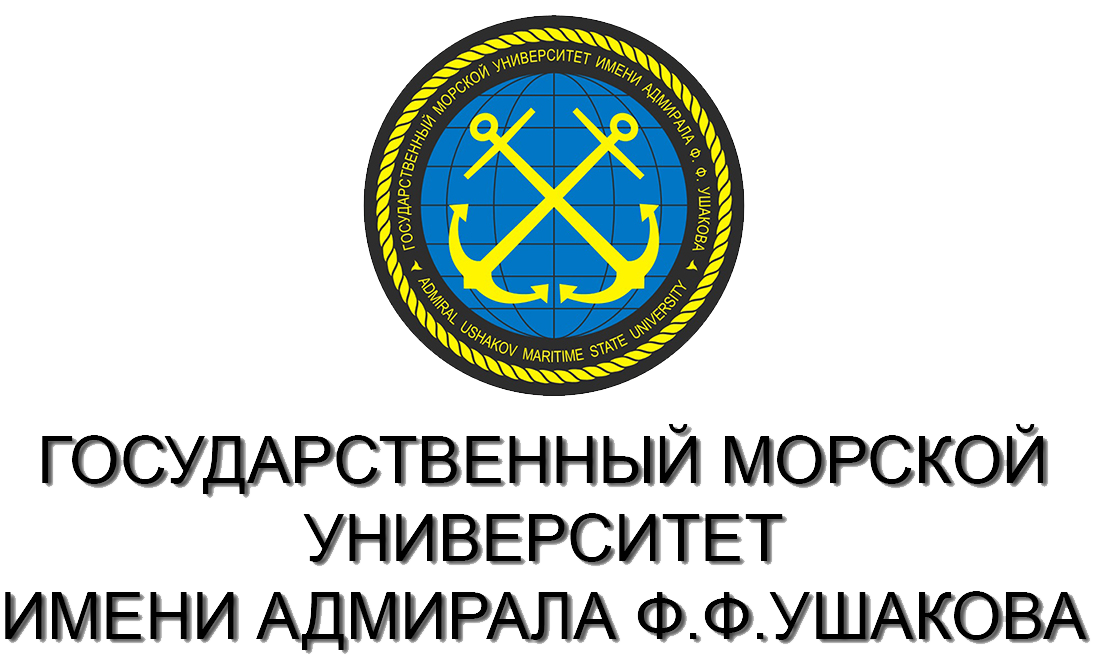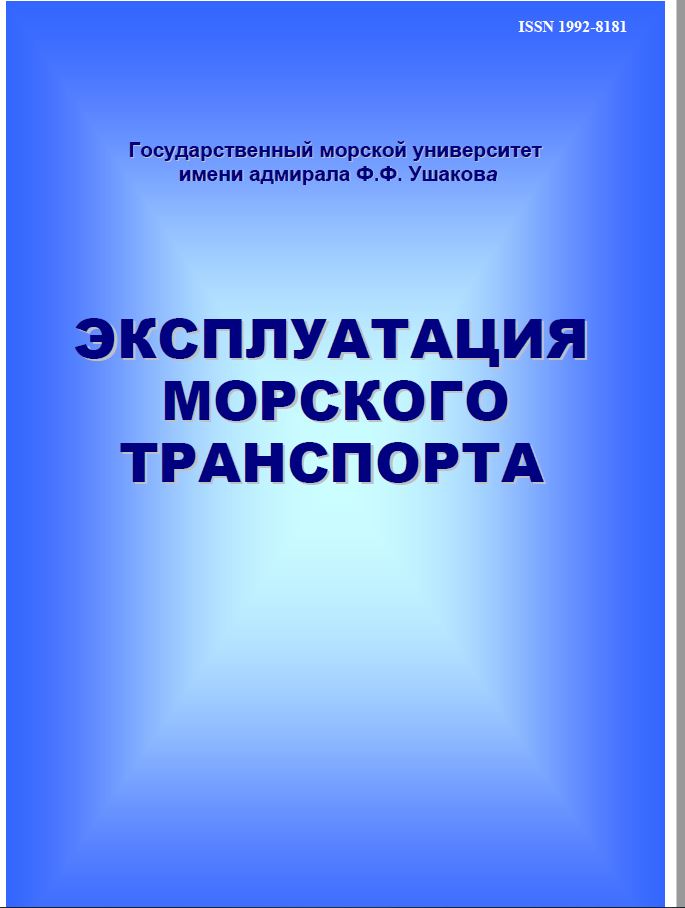Modeling the stability of ties in the water transport infrastructure is an urgent task not only economically, but also from various aspects (ecology, security, communications, etc.). But its solution is often complicated by the "noise" of the time series. In the water transport sector, the number of innovations and technologies being introduced is constantly growing, efforts are being intensified to reduce the time it takes to service a service order, such as repair. Moreover, the logistic decision is made on the basis of signal processing technologies. It is necessary to represent water transport flows in infrastructure clusters in a relevant and parametric way, ensuring the completeness of data analysis, for example, analytics based on the wavelet, Fourier method and cluster analysis. The use of verifiable methods to improve filtering, solvability during visualization, will eliminate noise when predicting complex situations. In particular, the application of forward and reverse transformation of the article will improve the image quality of obstacles in the way. The paper investigates the issues of processing and data mining in water transport streams, considered as a complex system. Methods of converting signals of noisy data are used, namely, using wavelet and discrete Fourier. Corresponding analytical models are presented that are adaptive for distributed geospatial data, taking into account macro, meso and microenvironment of automation of water transport infrastructure, as well as helping to identify the redistribution of water transport flows taking into account the potential of water infrastructure. Water transport processes and their model support should be analyzed based on system analytics.
stream, noisy, informational, transformation, wavelet, Fourier, data analysis, water transport
1. Popov B.N. Matematicheskie modeli informacionnyh potokov na ob'ektah vodnogo transporta / B.N. Popov, E.S. Fedorina // Materialy V Mezhvuz. nauch.-prakt. konferencii aspirantov, studentov i kursantov «Sovremennye tendencii i perspektivy razvitiya vodnogo transporta Rossii» 14 maya 2014 g. - SPb.: GUMRF imeni admirala S. O. Makarova, 2014. - S. 306-310.
2. Raspredelennye informacionnye sistemy. http://www.ict.nsc.ru/win/gis/publ/inf_sys.html (data obrascheniya: 25.12.2019).
3. Informacionnye tehnologii na vodnom transporte. http://www.myshared.ru/slide/196877/ (data obrascheniya: 25.12.2019).
4. Cherezov D.S., Tyukachev N.A. Obzor osnovnyh metodov klassifikacii i klasterizacii dannyh // Vestnik VGU, seriya «Sistemnyy analiz i informacionnye tehnologii». - 2009 - №2. - S.25-29.
5. Maedche A., Neumann G., Staab S. Bootstrapping an Ontology-based Information Extraction System. Intelligent Exploration of the Web. Physica-Verlag Heidelberg, Germany. 2003. pp.345-359.
6. Popov B. H. Primenenie metodov analiza i obrabotki dannyh k informacionnym potokam ob'ektov vodnogo transporta / B.N. Popov, E.S. Fedorina // Vestnik Gosudarstvennogo universiteta morskogo i rechnogo flota imeni admirala S.O. Makarova. - 2015. - № 2 (30). - S. 220-225. DOI:https://doi.org/10.21821/2309-5180-2015-7-2-220-225.
7. Yakovlev A.N. Vvedenie v veyvlet-preobrazovaniya: uchebnoe posobie.- Novosibirsk: Izdatel'stvo NGTU,2003 - 104 s.
8. Frolov A.V. Big data i infrastruktura aktualizacii dannyh sudovozhdeniya / Frolov A.V., Frolova E.S. // Ekspluataciya morskogo transporta. - 2019. -№ 4 (93). - S. 45-47. DOI:https://doi.org/10.34046/aumsuomt93/8











